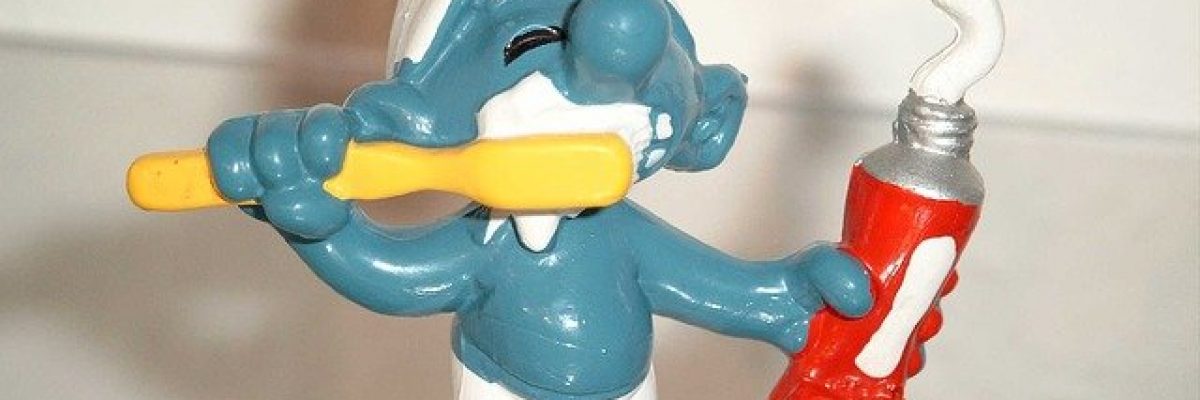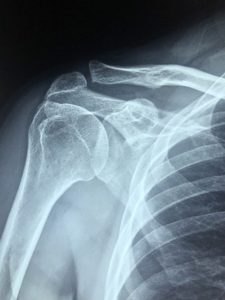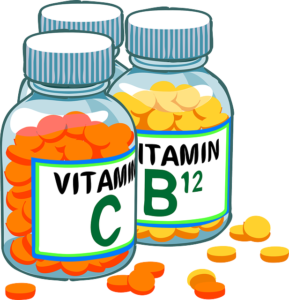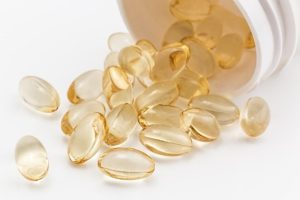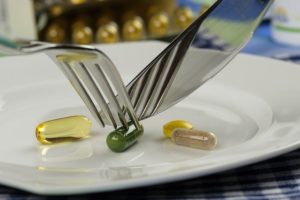The pain relieving expert is just thinking out loud again today about Flouride. Because it protects the teeth. Really? Let’s take a closer look again. Shall we?
To add to my thoughts from last week. New, additional ideas and possible solutions. Check the link to part 1 at the end.
What would be a first step, if you talk to your dentist about it? Flouride is supposed to protect against caries, right? And it’s supposed to harden the teeth, right? The dentist’s comment: “Oh, that’s no problem at all. You or your child can tolerate it” – is not helpful in this case. Why? Let’s look at this together.
How about checking the fluoride status? That can be measured.
+Check the fluoride content of the drinking water.
+Does the child, the person, already eat at the family table?
+And does he or she eat flouridated table salt? If so, does it still make sense to use flouridated tablets?
By the way, have you heard about the emerging global shortage of flouride? And have been for years. No! That’s right! Neither have I, it is not there. It never has been.
But a lack of magnesium, iodine, zinc, vitamins? That’s right, isn’t it? In the case of dental fluorosis (excessive storage of fluorides in the tooth enamel and manifests itself in permanent white to brown spots on the surface of the teeth), it is true that if this is very weak – extra fluoride provides greater protection against caries.
However, if this deficiency is only slightly more pronounced than weak (i.e. slightly above), then there is also a higher susceptibility to caries. Why? In this case, the enamel loses its resistance to caries again. Are dental fluorosis and bone fluorosis the only side effects of fluoridation to be considered? Let’s see. Fluorides can also cause severely painful arthritic symptoms and attack many other body tissues (e.g. the brain or thyroid) – long before full-blown bone fluorosis ever occurs. Who would have thought of that? I have. In my last (last week) article on this topic.
Diabetes is also said to develop better in the presence of fluorides.
According to the National Research Council (2006), “Fluoride exposure may play a significant role in disrupting glucose metabolism and in the development of diabetes.”
Did I mention that the HSE itself claims that 20% of Irish residents have atrothic conditions? Yes… I did. ![]() Last week. What do I personally do with the Flouride and what are my personal experiences? Since I changed my toothpaste from flouridated to unflouridated, I have hardly ever had to visit a dentist again. No more tooth discolouration that needs to be “cleaned” and “polished”.
Last week. What do I personally do with the Flouride and what are my personal experiences? Since I changed my toothpaste from flouridated to unflouridated, I have hardly ever had to visit a dentist again. No more tooth discolouration that needs to be “cleaned” and “polished”.
Do I use a water filter? Of course I do. Do I have arthritis? No. Pain. No. It would also be stupid if I had pain or arthritis as a pain therapist, wouldn’t it? Is it just the toothpaste? Probably not only. But it’s an ingredient. Diabetes? Nope. ![]() I’ll leave it to you to draw your own conclusions.
I’ll leave it to you to draw your own conclusions.
Here is the link to the first part on this topic: https://www.facebook.com/flowmotionIreland/posts/875187399729078
Stay strong.
Matti

